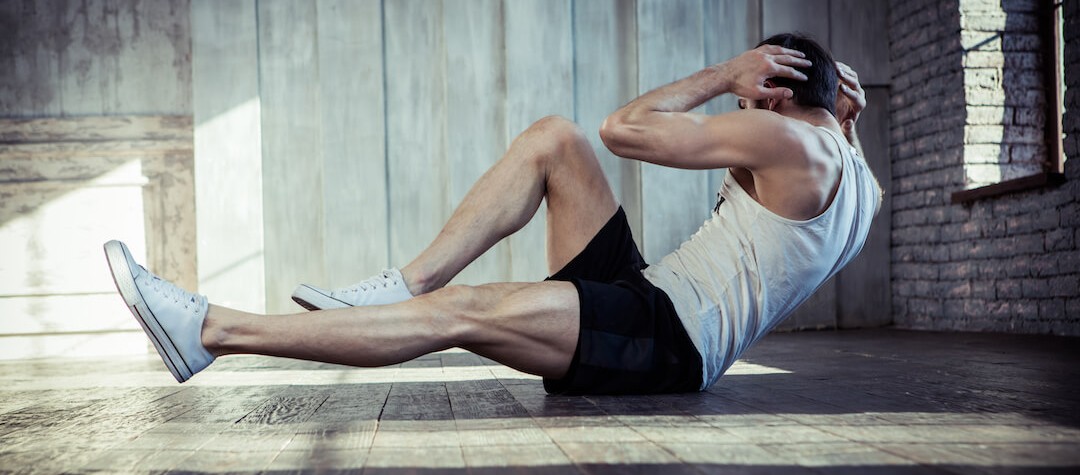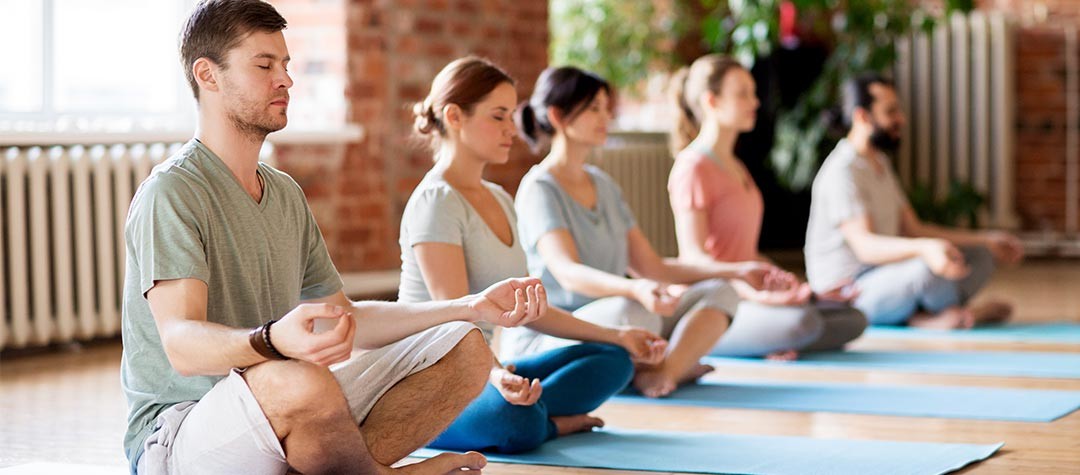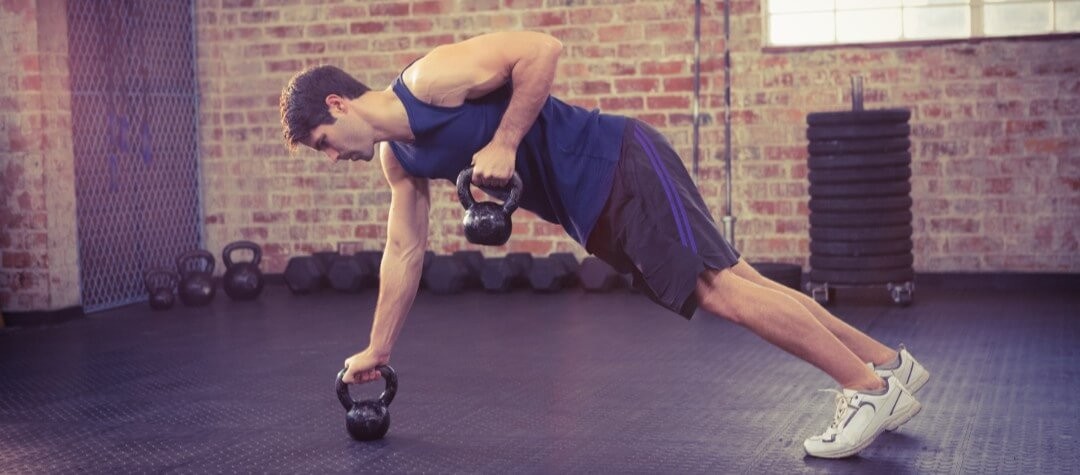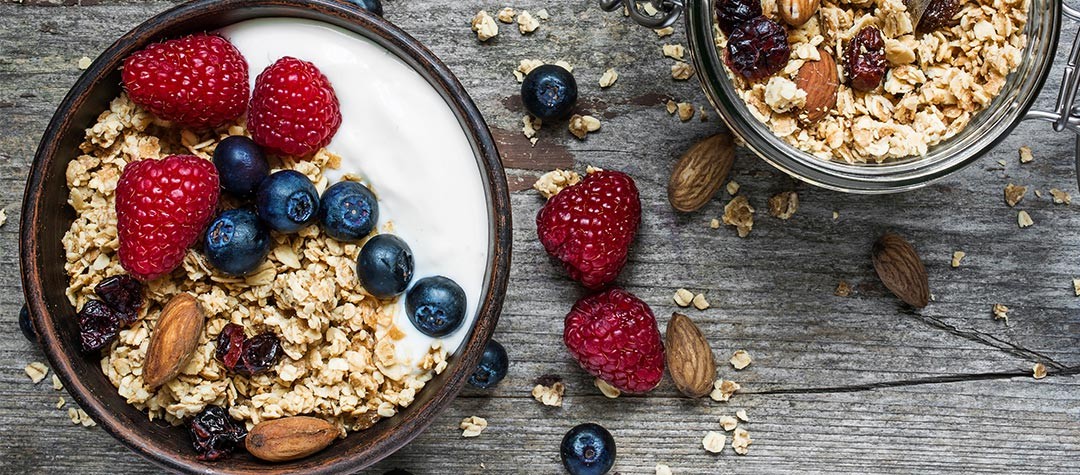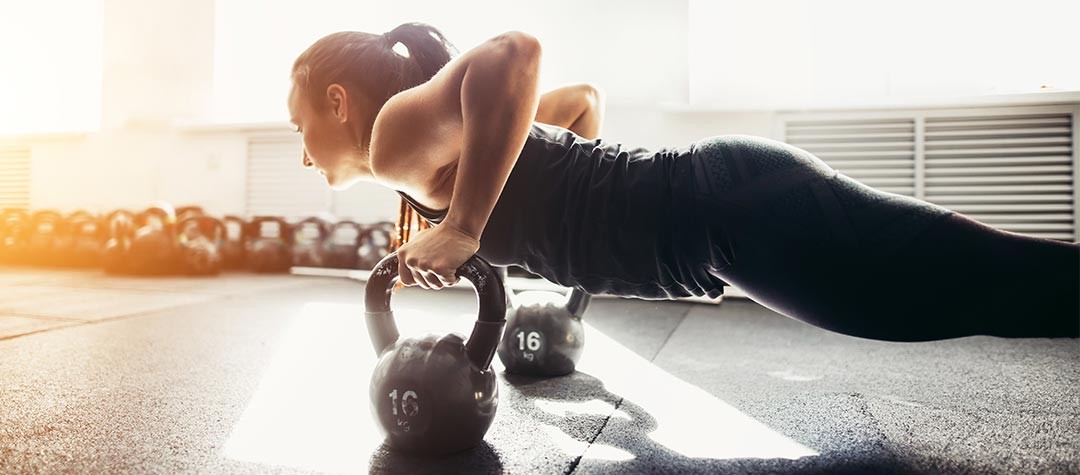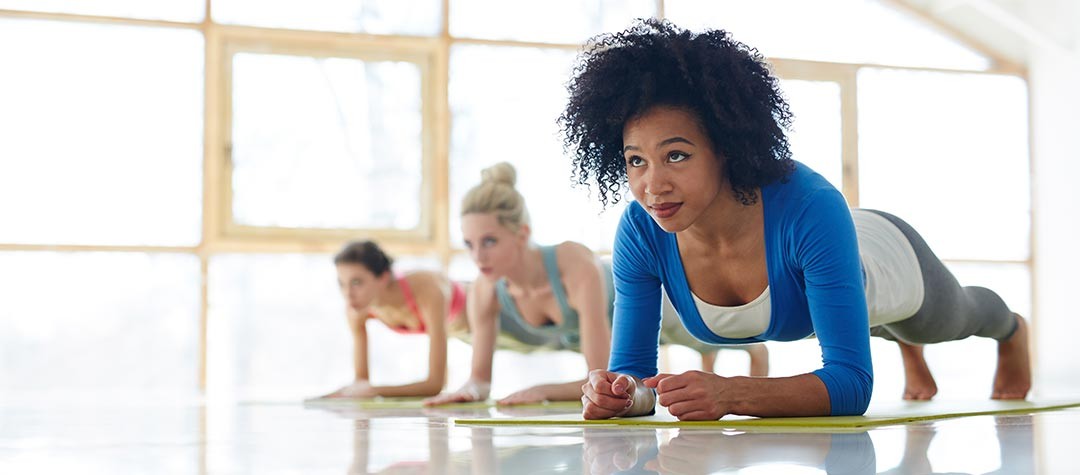One of the cheapest and most convenient ways of strength training involves just you, a space in your own home or garden and a routine of exercises that require only your bodyweight.
Why bodyweight exercise works
Apart from being versatile and fun, the most attractive element of strength training that uses just your bodyweight is the convenience element. All you need is a space in your home, garden, the local park, beach etc and the willingness to do the exercises. That’s it. No equipment or major travelling is required and it’s easy to pull together an effective programme that suits you and your fitness targets.
Quality over quantity
As in all things fitness you need to have a plan. What do you want to achieve? Are you looking to strengthen one particular part of your body? What are your specific postural and fitness requirements? The best place to start is to seek professional advice and research various exercises before you get going.
Don’t fling yourself into a hardcore session without knowing what you’re doing. You don’t want to pull a muscle or tear a ligament because you were under prepared or simply unaware of the correct technique. Get someone to show you the best exercises for you and watch workouts online. Good technique is essential if you are to avoid injury or imbalances. And remember quality not quantity is king here. The amount of reps you can do is not important, but doing them properly is.
Bodyweight workout
So, which exercises are suitable for an all over body workout? There are a huge range of bodyweight exercises that you can try, all with slight variations, but the following suggestions will give you a few broad ideas. This session contains all the ingredients for a total body workout, targeting all the major muscles and giving the heart and lungs some training too. You can build a great six-pack, chest, lean muscular legs and train all around the body, simply with the exercises below, varying the number of repetitions as you build up.
Warm-up: Walking, jogging, running, stair-climbing (anything that gets you slightly breathless, elevates your heart-rate and prepares you for your main session).
Legs: Bodyweight squats, lunges, step-ups and pistols (one-legged squats).
Chest and triceps: Press-ups (varying the position of your hands to target different areas of the chest), tricep dips.
Upper back, shoulders and biceps: Pull-ups, dips, side plank, mountain climbers.
Stomach and abdominal muscles: Sit-ups, flutter kicks, bicycle kicks.
Lower back: Back extensions, supermans, bridges.
Core Muscles (Deep postural muscles which wrap around your body which give you support and keep you upright): The plank, shoulder taps, mountain climbers.
Cool-down: Easy walking to relax and bring your heart rate down.
Flexibility: Five to 10 minutes spent carrying out some light stretching .
Sets, repetitions and progression
A repetition is one complete execution of an exercise, for example: one press-up. A set is a number of repetitions, for example: 10 press-ups. When you have warmed-up, try doing one set of approximately 10 repetitions of each exercise. As your strength develops you can experiment by completing more repetitions or doing two or more sets with a short recovery in between.
Another variation is to do two complete sets of the exercises, with a short walk, jog or run in between, combining a resistance session with cardiovascular training. Afterwards, always remember to include an easy, relaxing cool-down and some flexibility exercises at the end of your workout to reduce any post-exercise stiffness the following day.

